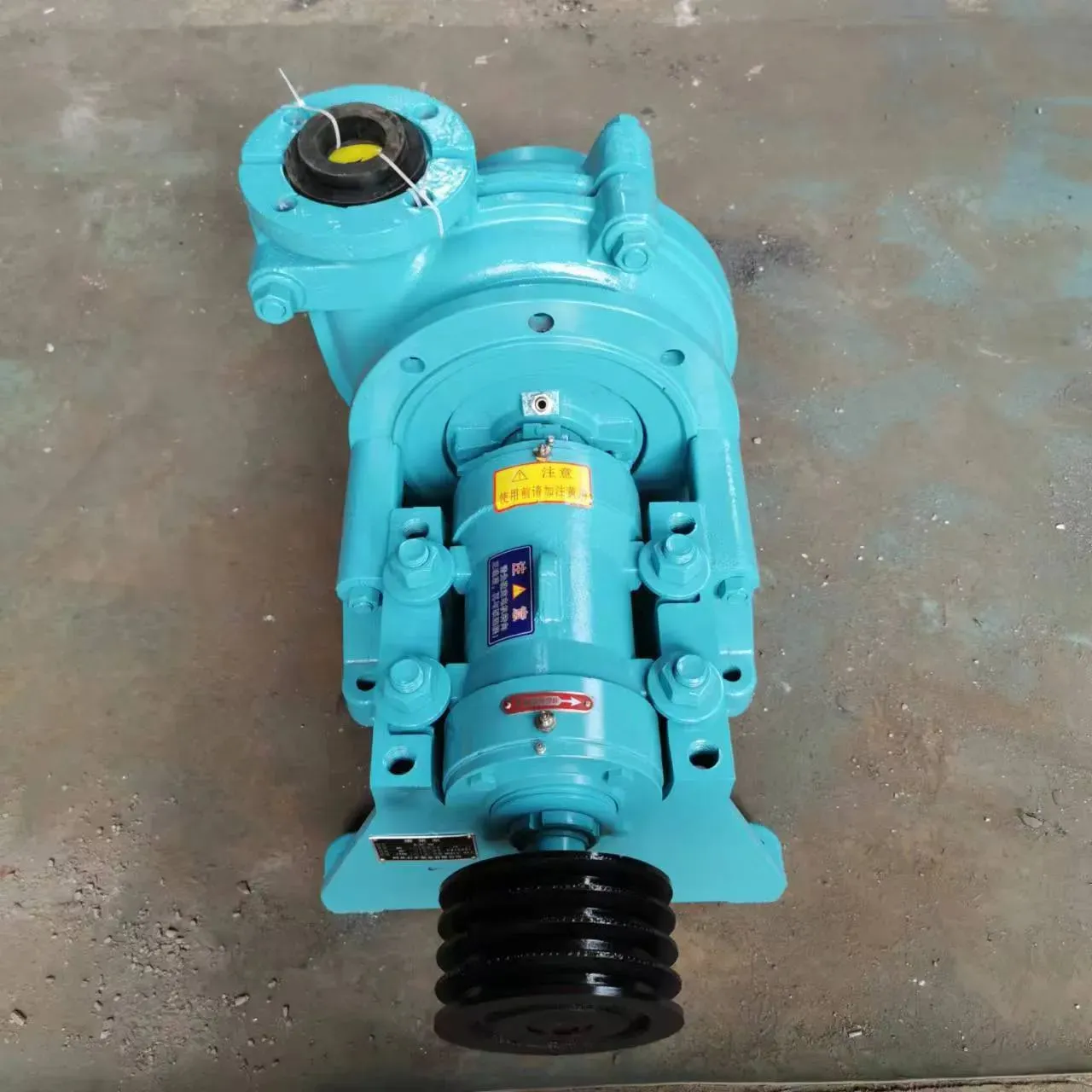English
- Afrikaans
- Albanian
- Amharic
- Arabic
- Armenian
- Azerbaijani
- Basque
- Belarusian
- Bengali
- Bosnian
- Bulgarian
- Catalan
- Cebuano
- Corsican
- Croatian
- Czech
- Danish
- Dutch
- English
- Esperanto
- Estonian
- Finnish
- French
- Frisian
- Galician
- Georgian
- German
- Greek
- Gujarati
- Haitian Creole
- hausa
- hawaiian
- Hebrew
- Hindi
- Miao
- Hungarian
- Icelandic
- igbo
- Indonesian
- irish
- Italian
- Japanese
- Javanese
- Kannada
- kazakh
- Khmer
- Rwandese
- Korean
- Kurdish
- Kyrgyz
- Lao
- Latin
- Latvian
- Lithuanian
- Luxembourgish
- Macedonian
- Malgashi
- Malay
- Malayalam
- Maltese
- Maori
- Marathi
- Mongolian
- Myanmar
- Nepali
- Norwegian
- Norwegian
- Occitan
- Pashto
- Persian
- Polish
- Portuguese
- Punjabi
- Romanian
- Russian
- Samoan
- Scottish Gaelic
- Serbian
- Sesotho
- Shona
- Sindhi
- Sinhala
- Slovak
- Slovenian
- Somali
- Spanish
- Sundanese
- Swahili
- Swedish
- Tagalog
- Tajik
- Tamil
- Tatar
- Telugu
- Thai
- Turkish
- Turkmen
- Ukrainian
- Urdu
- Uighur
- Uzbek
- Vietnamese
- Welsh
- Bantu
- Yiddish
- Yoruba
- Zulu
Telephone: +86 13120555503
Email: frank@cypump.com
Dec . 25, 2024 15:19 Back to list
Optimizing Efficiency in Slurry Circulating Pump Systems for Enhanced Performance
Understanding Slurry Circulating Pumps An Essential Component in Industrial Applications
In various industrial applications, particularly in mining, construction, and waste management, the transportation of solid-liquid mixtures, or slurries, is a fundamental operation. Central to this process is the slurry circulating pump, a specialized piece of equipment designed to handle the challenges associated with moving heavy, abrasive, and viscous mixtures. This article explores the importance, working principles, and applications of slurry circulating pumps, as well as the factors to consider when selecting one for your operations.
What is a Slurry Circulating Pump?
A slurry circulating pump is engineered to transport slurries, which are composed of solid particles suspended in liquid. These pumps are equipped with features that allow them to manage high concentrations of solids and varying levels of viscosity. Unlike traditional pumps designed primarily for clean fluids, slurry pumps have robust constructions to withstand wear and tear caused by abrasive materials.
How Do Slurry Circulating Pumps Work?
The working principle of a slurry circulating pump is similar to that of a conventional pump, yet it incorporates design elements that cater specifically to slurries. These pumps typically utilize a centrifugal mechanism, where a rotating impeller creates a pressure difference that moves the slurry through the system. Key components include
1. Impeller The heart of the pump, designed with enhanced wear resistance and a shape optimized for handling slurries. 2. Casing Built to contain the slurry and withstand the abrasive nature of the materials being transported.
3. Suction and Discharge Ports Custom-engineered ports that facilitate the effective intake and discharge of slurries while minimizing blockages.
4. Sealing Mechanisms Designed to prevent leakage, which is crucial when dealing with corrosive or hazardous materials.
Applications of Slurry Circulating Pumps
Slurry circulating pumps find extensive use in several industries, including
- Mining Used to transport mineral slurries from extraction sites to processing plants, these pumps are essential for efficient material handling.
- Wastewater Treatment They play a critical role in moving sludge and other slurry-like substances through treatment facilities
.slurry circulating pump

- Construction In concrete production, slurry pumps help in managing mixtures that contain sand, gravel, and other aggregates.
- Pulp and Paper Mills These pumps efficiently move pulp slurries through various stages of processing.
Given their versatile applications, the proper selection and maintenance of slurry circulating pumps are crucial for operational efficiency.
Selecting the Right Slurry Circulating Pump
When choosing a slurry circulating pump, several factors should be considered
1. Solid Content Understanding the concentration and type of solids in the slurry will affect the choice of pump, as different designs cater to varying solid percentages.
2. Viscosity The viscosity of the slurry influences the pump's performance. A pump that can handle higher viscosity fluids might be necessary.
3. Particle Size The size of particles within the slurry can impact the pump's effectiveness and lifespan. Choosing a pump that can accommodate the largest particles without blockage is essential.
4. Material of Construction The pump's material should withstand the abrasive nature of the solids. Common materials include high chromium alloys, rubber-lined components, and stainless steel.
5. Flow Rate and Head Pressure Evaluating the necessary flow rate and head pressure requirements will guide the selection of an appropriately sized pump.
Conclusion
Slurry circulating pumps are vital for efficiently transporting solid-liquid mixtures across various industries. Their ability to manage challenging slurries ensures smooth operations while minimizing wear and maintenance costs. By understanding their working principles and considering essential selection criteria, businesses can optimize their slurry handling processes, ensuring operational efficiency and sustainability. As industries continue to evolve, the technology behind slurry pumps will also advance, enhancing performance and expanding their applications further.
-
Horizontal Split Case Pump with GPT-4 Turbo | High Efficiency
NewsAug.01,2025
-
ISG Series Pipeline Pump - Chi Yuan Pumps | High Efficiency, Durable Design
NewsAug.01,2025
-
Advanced Flue Gas Desulfurization Pump with GPT-4 Turbo | Durable & Efficient
NewsJul.31,2025
-
ISG Series Vertical Pipeline Pump - Chi Yuan Pumps | Advanced Hydraulic Design&Durable Construction
NewsJul.31,2025
-
ISG Series Vertical Pipeline Pump - Chi Yuan Pumps | Energy Efficient & Low Noise
NewsJul.31,2025
-
pipeline pump - Chi Yuan Pumps Co., LTD.|High Efficiency&Low Noise
NewsJul.31,2025










